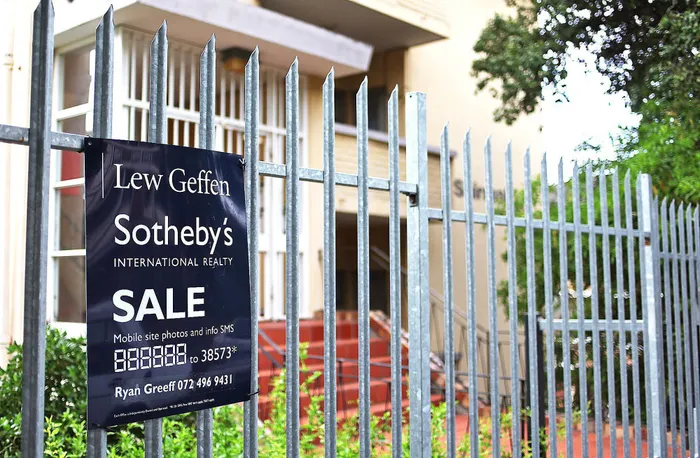Homeowners should seize the 2025 repo rate cuts to pay down bonds

Homeowners in South Africa are being urged to rethink their financial strategies in light of recent repo rate cuts. With substantial savings potential, find out how maintaining higher mortgage payments could lead to remarkable long-term benefits.
Image: File.
In September, the South African Reserve Bank made a pivotal announcement, opting to keep the repo rate steady at 7%, following a series of five cuts over the past year.
This decision ushers in a momentary pause that may influence homeowners with variable-rate mortgages, especially those holding loans around R2 million.
With disposable expenditure increasing by over R1,500 for these homeowners, the time is ripe for strategic financial planning.
During the past year, the Monetary Policy Committee (MPC) has slashed the repo rate by a cumulative 125 basis points, bringing it down from 8.25% to its current level.
For homeowners with R2 million variable-rate bonds, this reduction translates into a decrease of more than R1,600 in monthly repayments. However, experts advise against viewing this newfound flexibility as “mad money.”
Cobus Odendaal, CEO of Lew Geffen Sotheby’s International Realty, warned of the potential pitfalls, “The instinct for many is to breathe a sigh of relief and absorb that R1,600 back into their monthly household budget for other expenses. But that would be a significant missed opportunity.”
Odendaal advocated for homeowners to maintain their original payment amounts, calculated at the previous prime rate of 11.75%.
“If you set a household budget last year and made it through the month without that extra cash, then stick to it,” he said.
By paying this higher instalment of around R21,675 on a R2 million bond, homeowners would effectively reduce their capital balance every month.
The potential rewards of this strategy are staggering.
According to Odendaal, adhering to the original payment schedule on a standard 20-year loan would allow homeowners to clear their debt approximately four years sooner, while saving an extraordinary R650,000 on total interest payments.
"For even the most financially untrained among us, those numbers are a no-brainer. It’s the easiest R650,000 you will ever save,” he emphasised.
Understanding Your Bond: Fixed vs. Variable Rates
For homeowners considering this strategic approach, it is vital to understand the different bond types available. Odendaal elaborates on how each type operates:
- Variable Interest Rate: This rate fluctuates alongside the South African Reserve Bank’s repo rate. Homeowners benefit immediately from any cuts, yet remain exposed to potential hikes when the rate changes.
- Fixed Interest Rate: In contrast, this rate is locked in for a pre-agreed term (usually 1-5 years), providing budgeting certainty but depriving homeowners of any advantages from rate cuts during that period.
“When rates are falling significantly, as they have been, variable-rate loans typically offer much better value, as you automatically benefit from each cut,” Odendaal noted.
With the MPC holding steady on further cuts amidst uncertainties in South Africa’s export market, he encourages homeowners to remain steadfast.
“Paying what was a stretch last year will offer more of a buffer if the rates rise again,” Odendaal advised. The property market is gaining traction as investors acknowledge the security and stability of real estate compared to more volatile investments.
Odendaal's message for homeowners with variable bonds is clear: utilise this period of stability to gain a financial advantage. For prospective buyers, understanding the distinctions between bond types is a crucial first step toward achieving long-term financial health.
BUSINESS REPORT